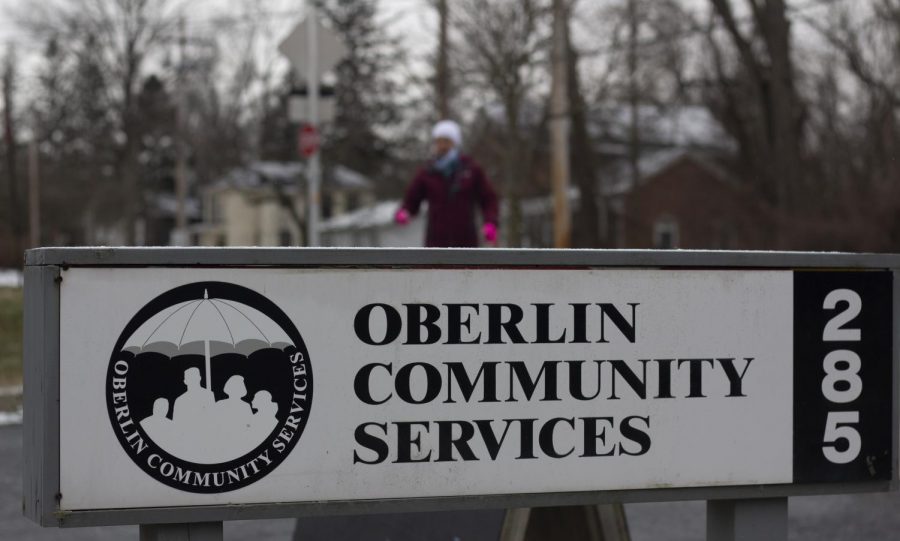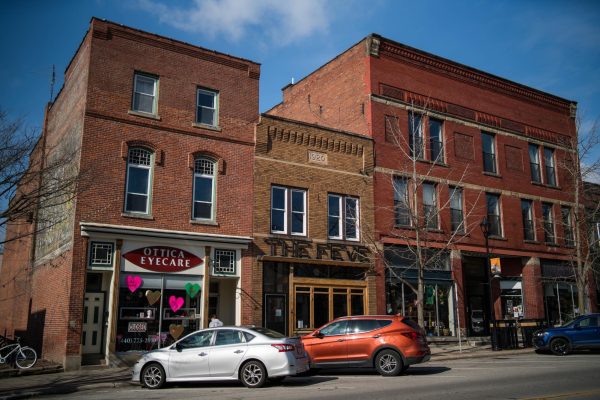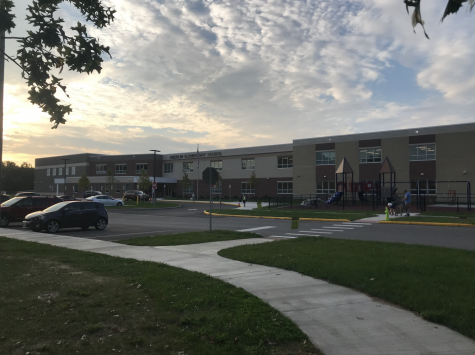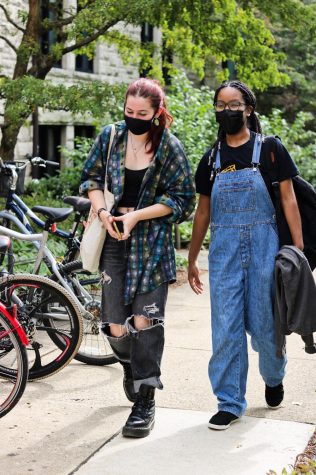Community Orgs Care for City Residents Amid Financial Hardship
Oberlin Community Services has faced an increase in demand for financial assistance over the last year.
Oberlin social service organizations have had to alter their practices in order to respond to the COVID-19 pandemic, which has increased need across the community.
Demand for emergency assistance from Oberlin Community Services rose by about 15 percent in 2020, according to Client Service Coordinator Kathy Burns, who said that OCS provided around $200,000 dollars for rent, mortgage, and utility assistance last year.
OCS offers emergency assistance to those in Oberlin, Wellington, and LaGrange, as well as Amherst and Grafton through a United Way partnership. Burns estimates that 65 percent of people receiving emergency assistance from OCS are Oberlin residents. Last year, about 30 percent of all recipients had not received assistance prior to the pandemic.
“COVID-19 did not discriminate; many families from a variety of socio-economic backgrounds were affected,” Burns wrote.
OCS typically works with about 100 different volunteers each month to collect and distribute food, but due to social distancing precautions, the organization has pared down to a team of 12. Despite not being able to help in person, Oberlin residents have continued to lend their support to OCS.
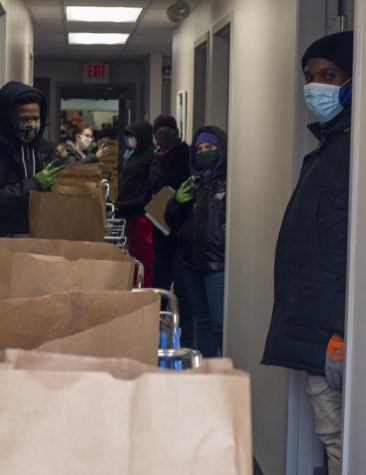
“We have had overwhelming support of donations throughout this time,” Burns wrote. “People have donated their entire stimulus checks to us. Even people who are recipients of our services have donated parts of their stimulus to us.”
This year, Oberlin students have continued to work with the College’s Bonner Center for Community-Engaged Learning, Teaching, and Research, which coordinates remote volunteer opportunities.
“Due to the off-campus engagement policy, we have refocused our local efforts to continue to support community-based research and programming remotely as much as possible,” Tania Boster, interim director of the Bonner Center, wrote in an email to the Review. “Our community partners have been so generous in trying to shift opportunities for faculty and students to engage with their organizations to a virtual format.”
While not all community partners are open to remote collaboration, the Bonner Center has worked to maintain connections and community through initiatives such as remote tutoring with Oberlin City Schools and public Zoom lectures.
The Firelands Association for the Visual Arts has also modified its programs with an emphasis on community building during a time when many are feeling the weight of social isolation.
“We built a new exhibition page so that we can still provide high-quality contemporary art exhibits for the community,” Kathleen Jackson, executive director of the Firelands Association for the Visual Arts, wrote in an email to the Review. “We’ve started a tool-lending library program so that our students can continue their practice at home. We’re doing curbside drop-off and pick-ups for our ceramic students so they can create work at home but still have it fired. We’ve created monthly subscription boxes for kids who are perhaps learning from home for the first time or are missing art education in school.”
Artists are one group that have been heavily impacted by the pandemic. According to Jackson, grant funding has been significantly harder to come by.
“Many [arts-oriented] agencies have had to lay off staff; some have sort of pressed ‘pause’ on their programming, furloughed staff, and are riding out the storm with the hopes that they’ll be able to reopen later,” Jackson wrote in an email to the Review. “Some agencies have already permanently closed — and without more funding, two-thirds of arts and culture agencies are expected to close within a year.”
While FAVA has not had to lay off any of its staff, its landlord has decided to close its building to the public amidst COVID-19 concerns. Despite a major reduction in class sign-ups, the organization has remained active online.
Jackson encourages people to make art a priority during these difficult times.
“Start where you are, work with what you have, and create because it’s in your very bones to create,” she wrote. “And create because it’s fun. … If you have the capacity to pay for classes, please support the arts through paid content. If you are feeling the squeeze right now, look for free lessons on YouTube or just make some art on your own with what you have.”
Though Oberlin residents have faced hardship these past 11 months, their continued consideration for others stands out.
“I think Oberlin is unique in its approach to Covid,” Burns wrote. “We take it seriously. We wear our masks and respect those around us.”


